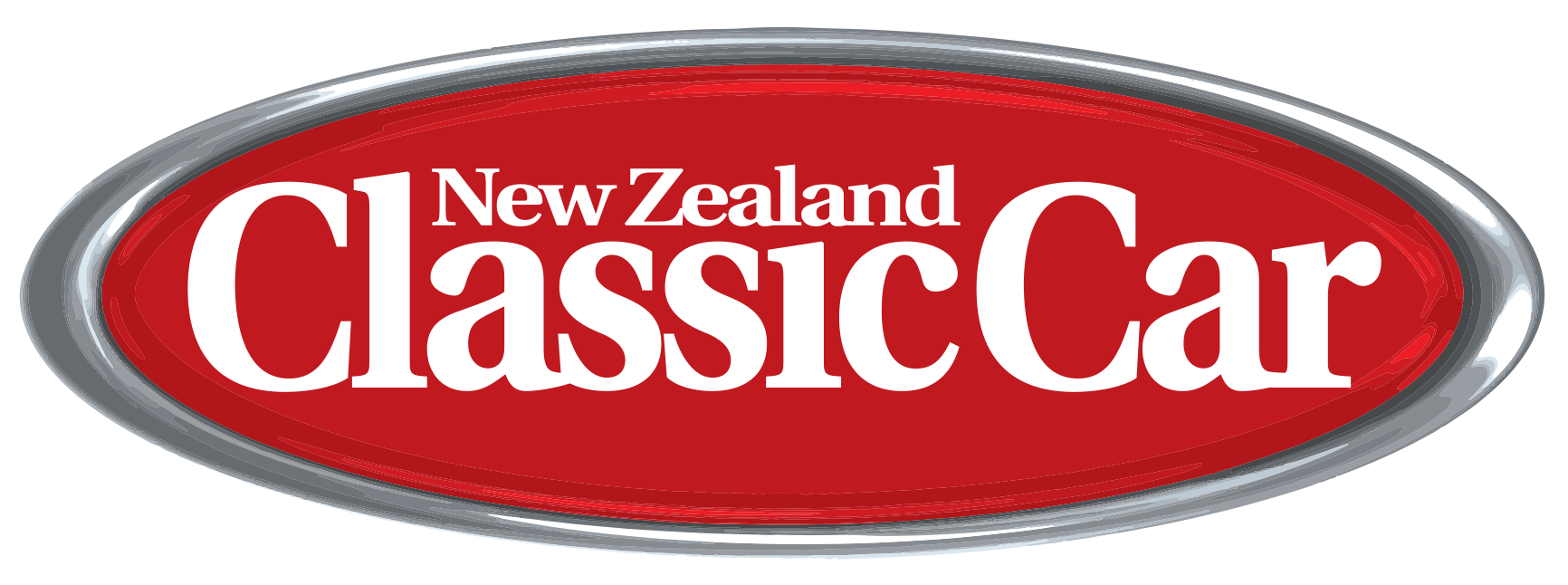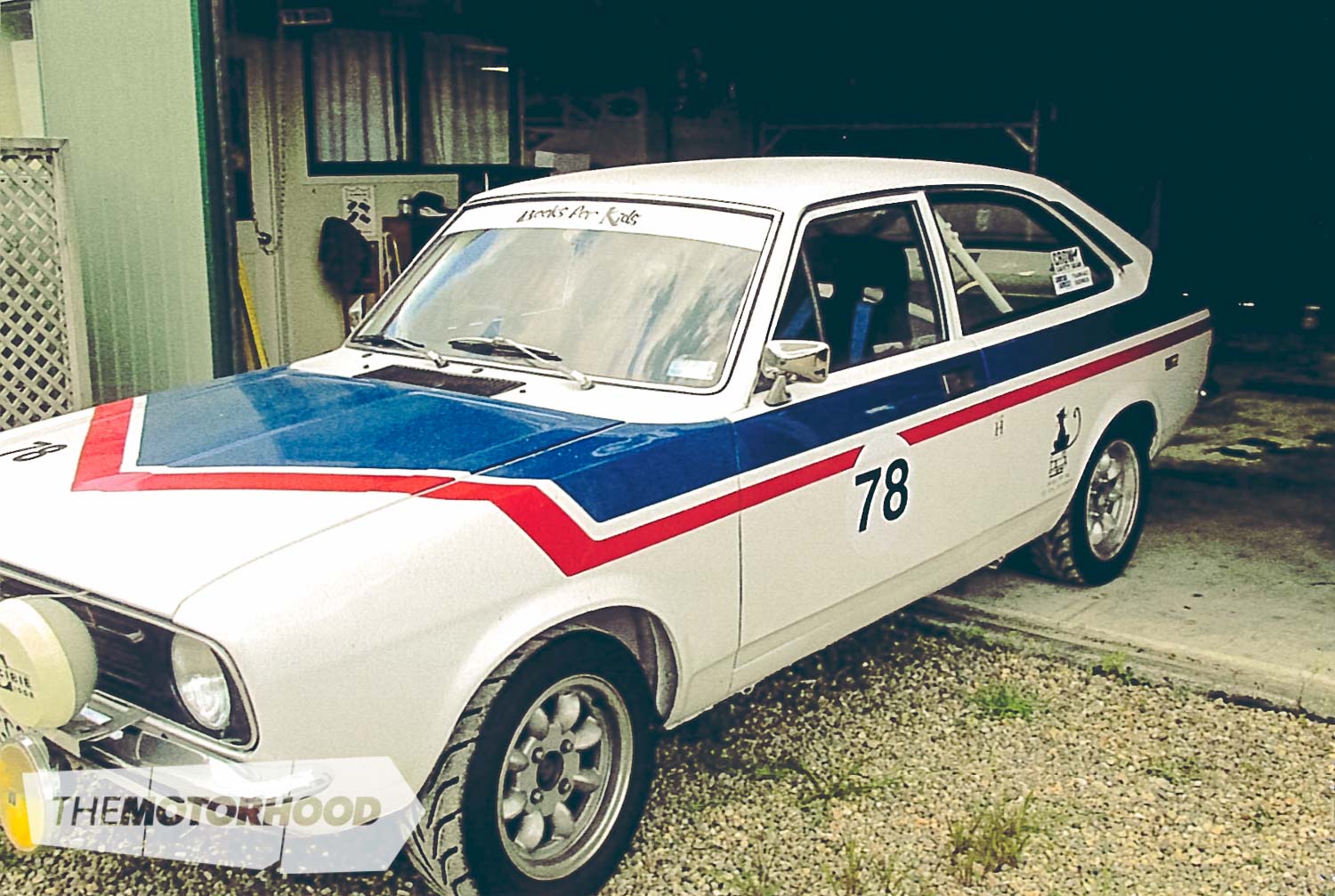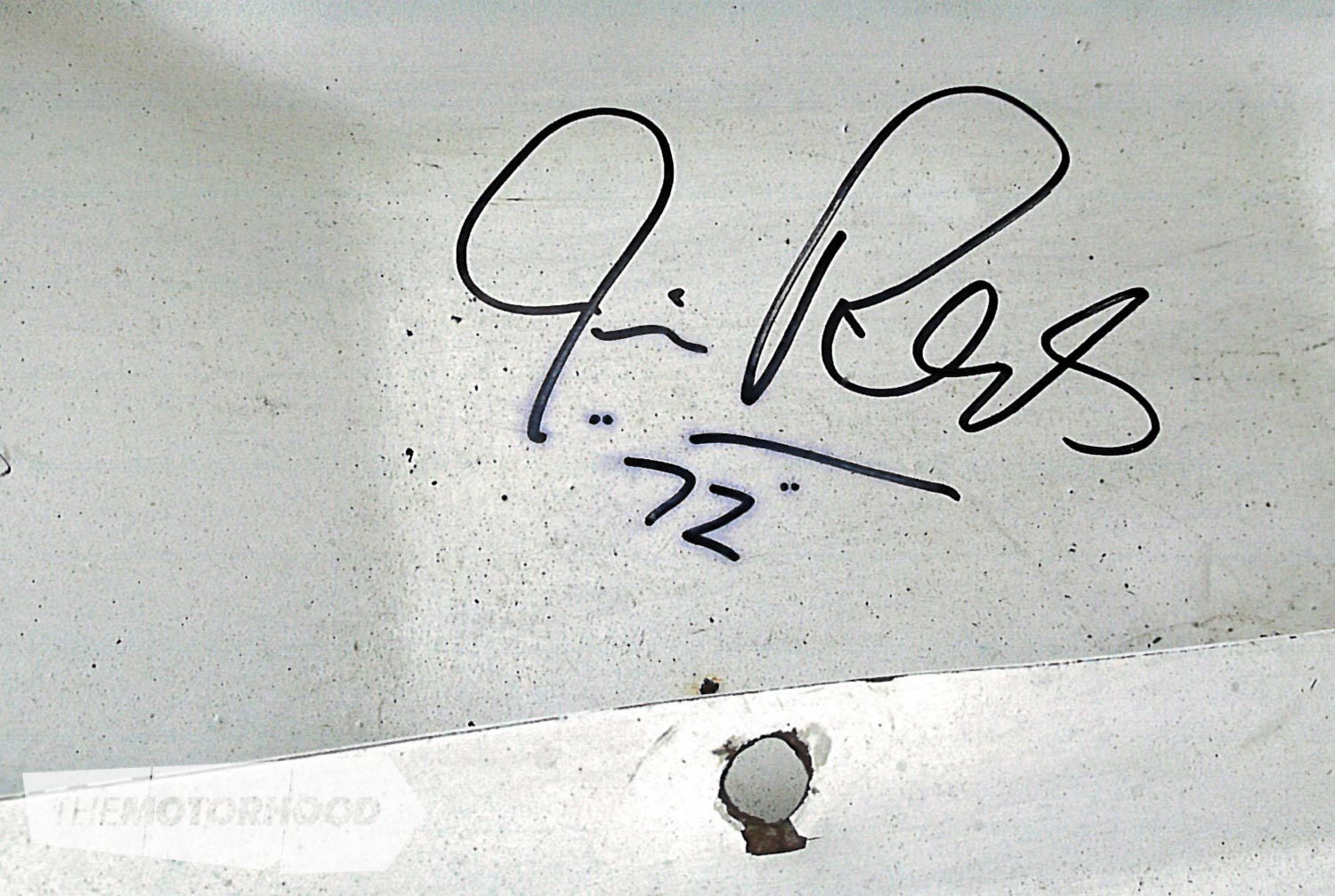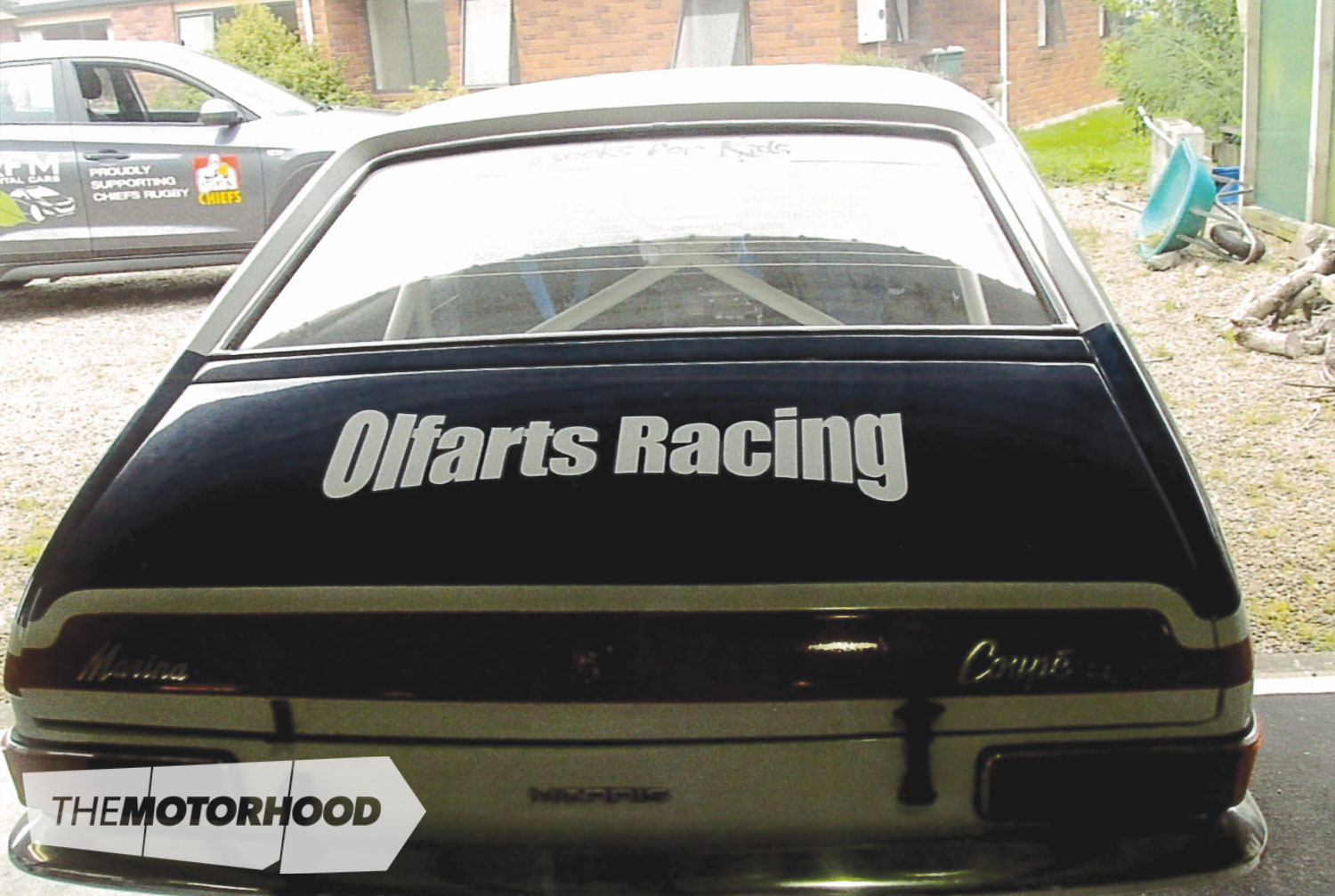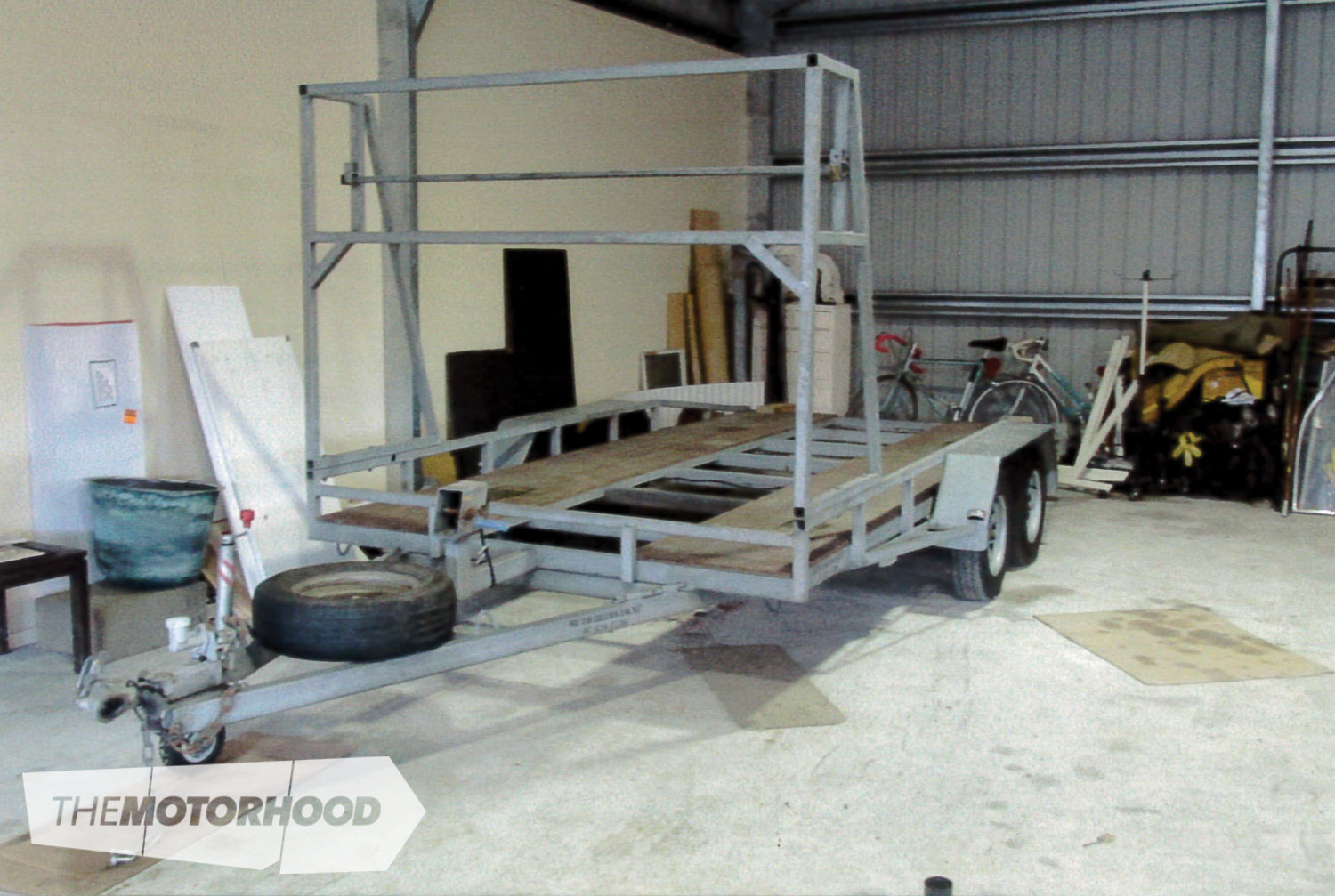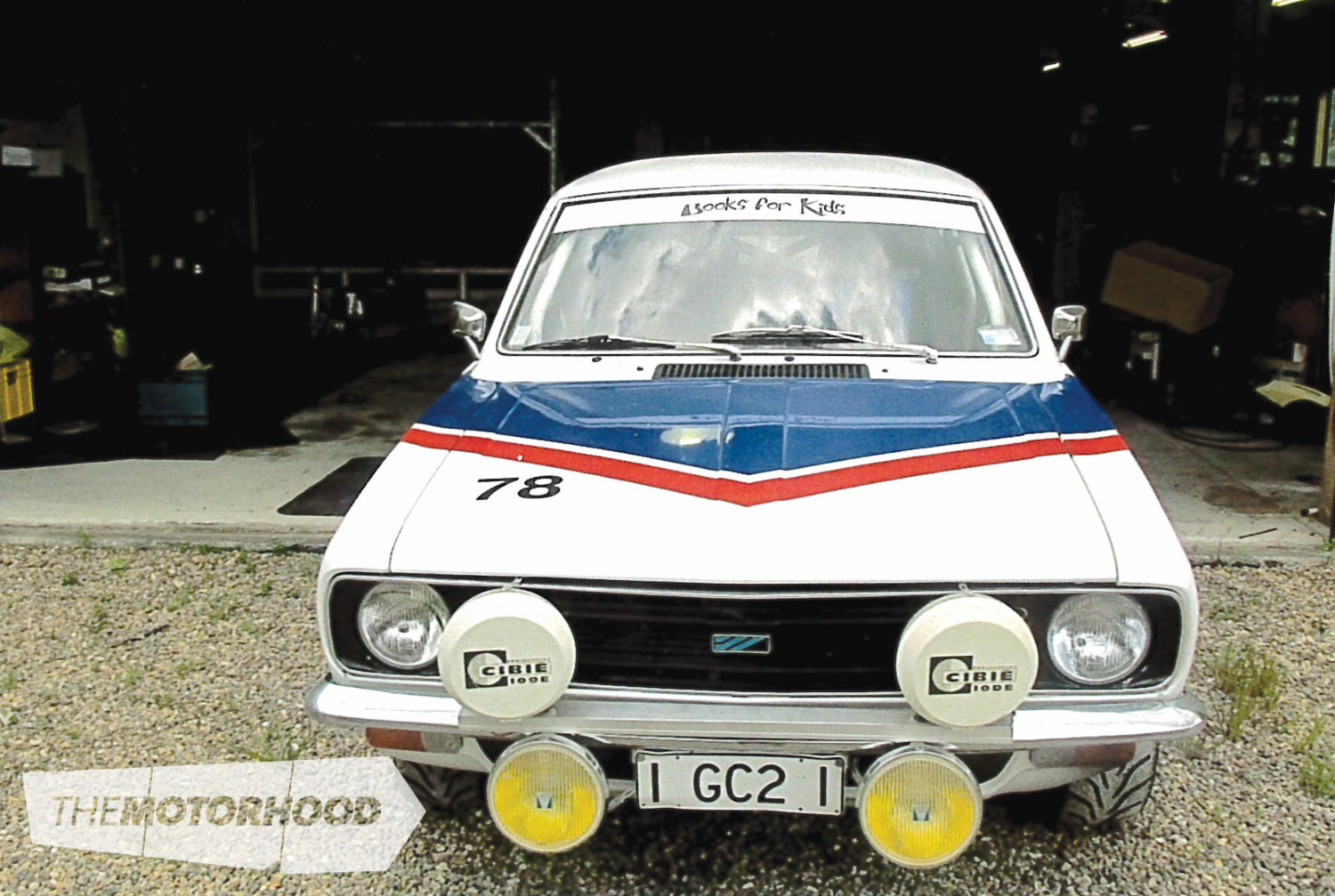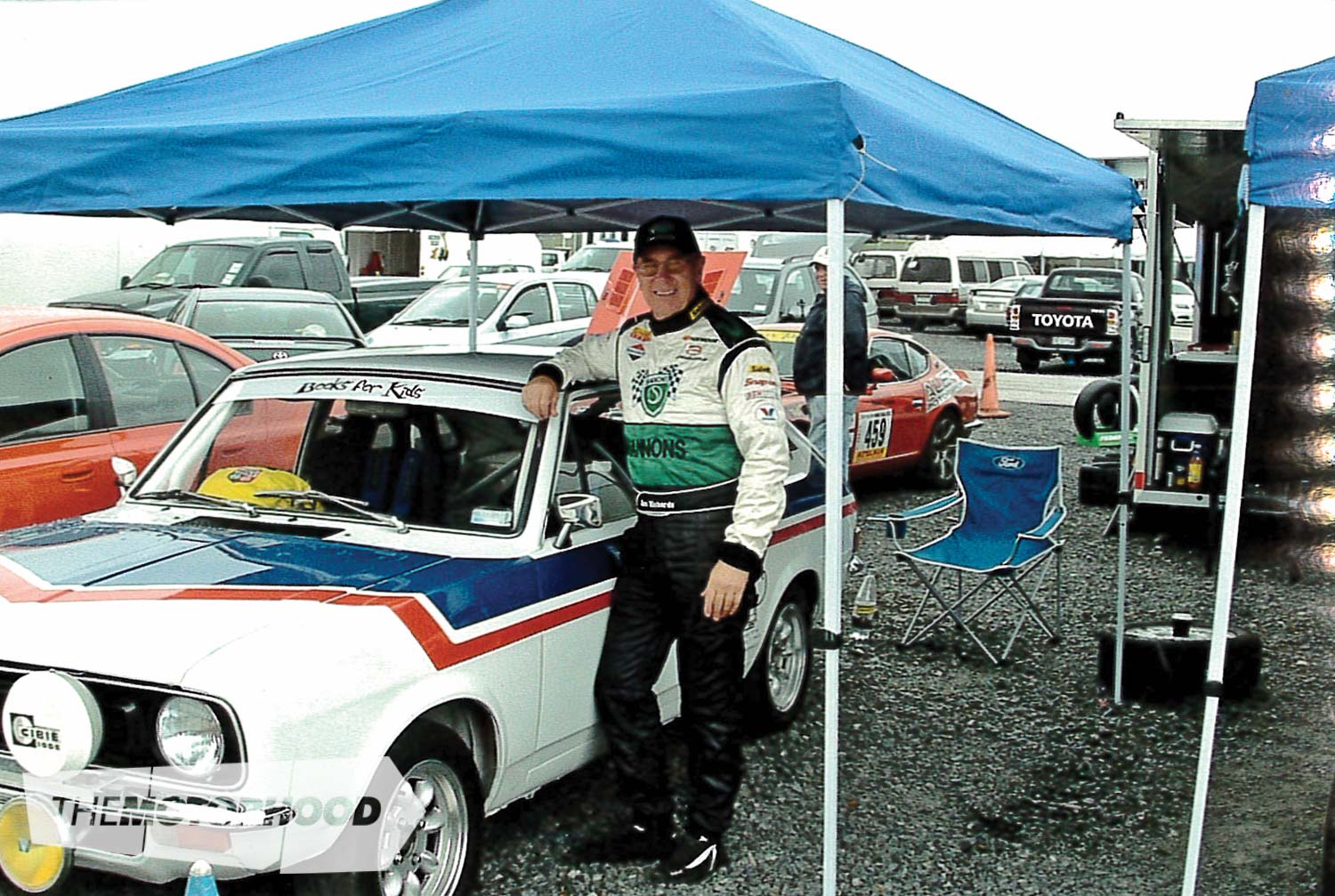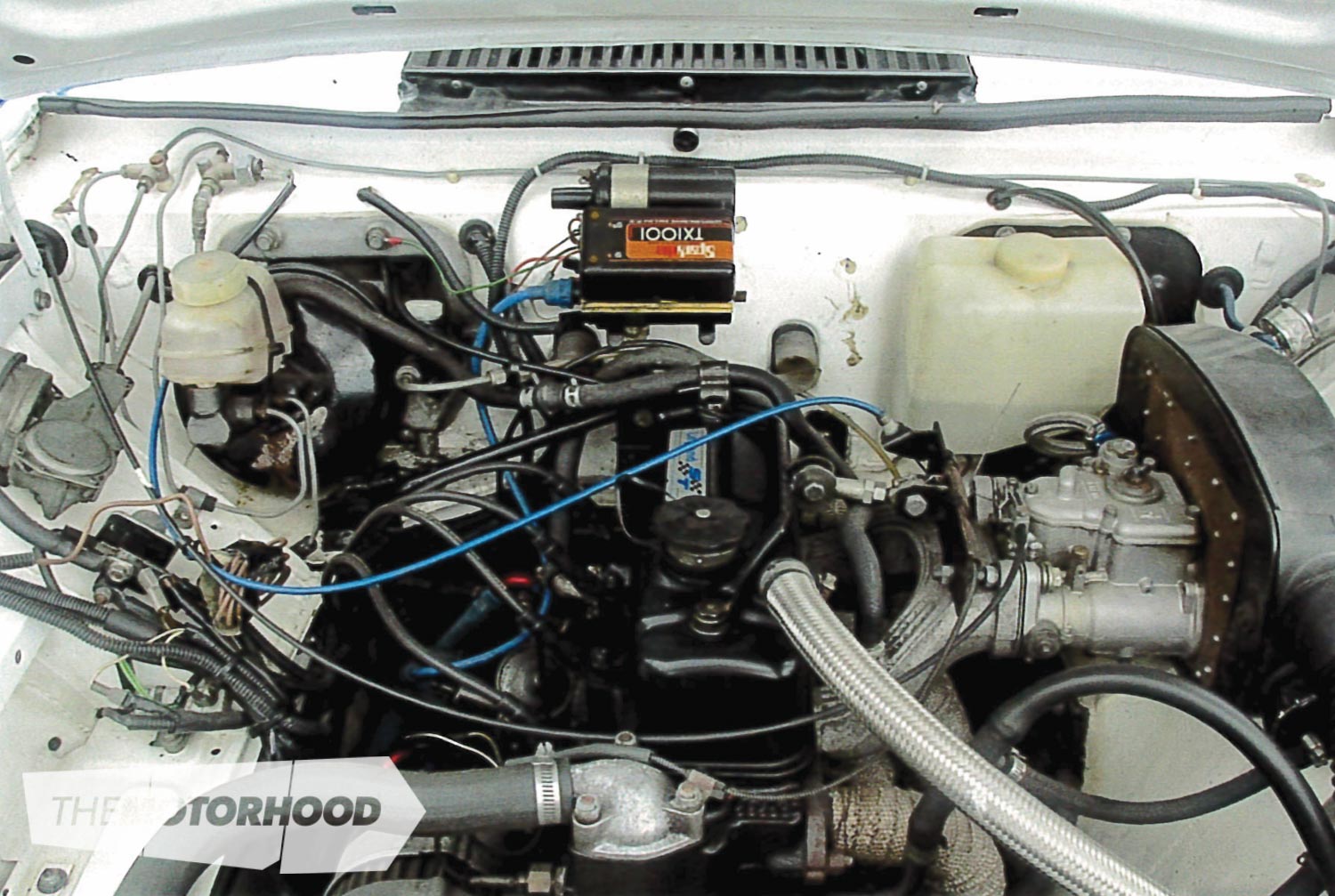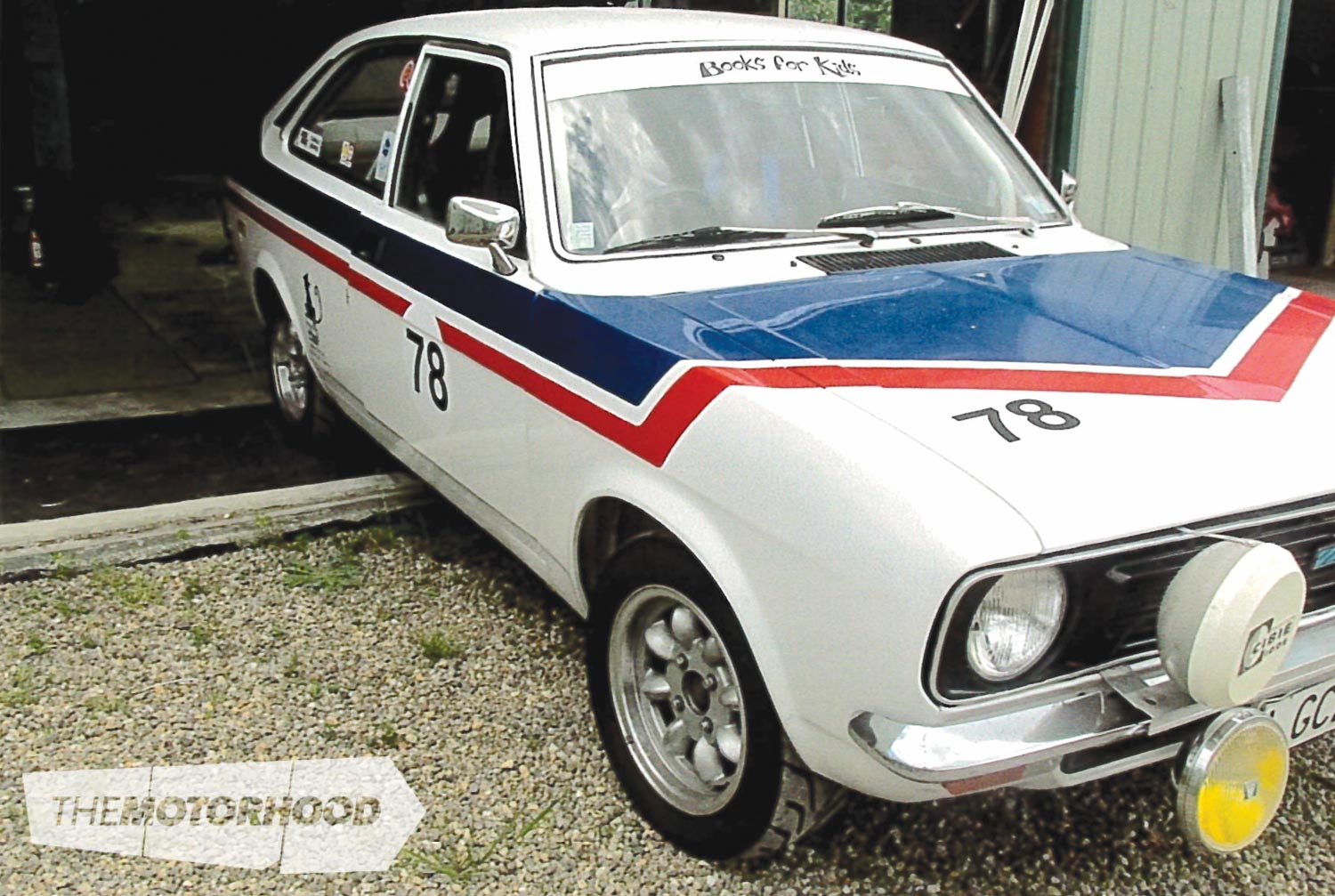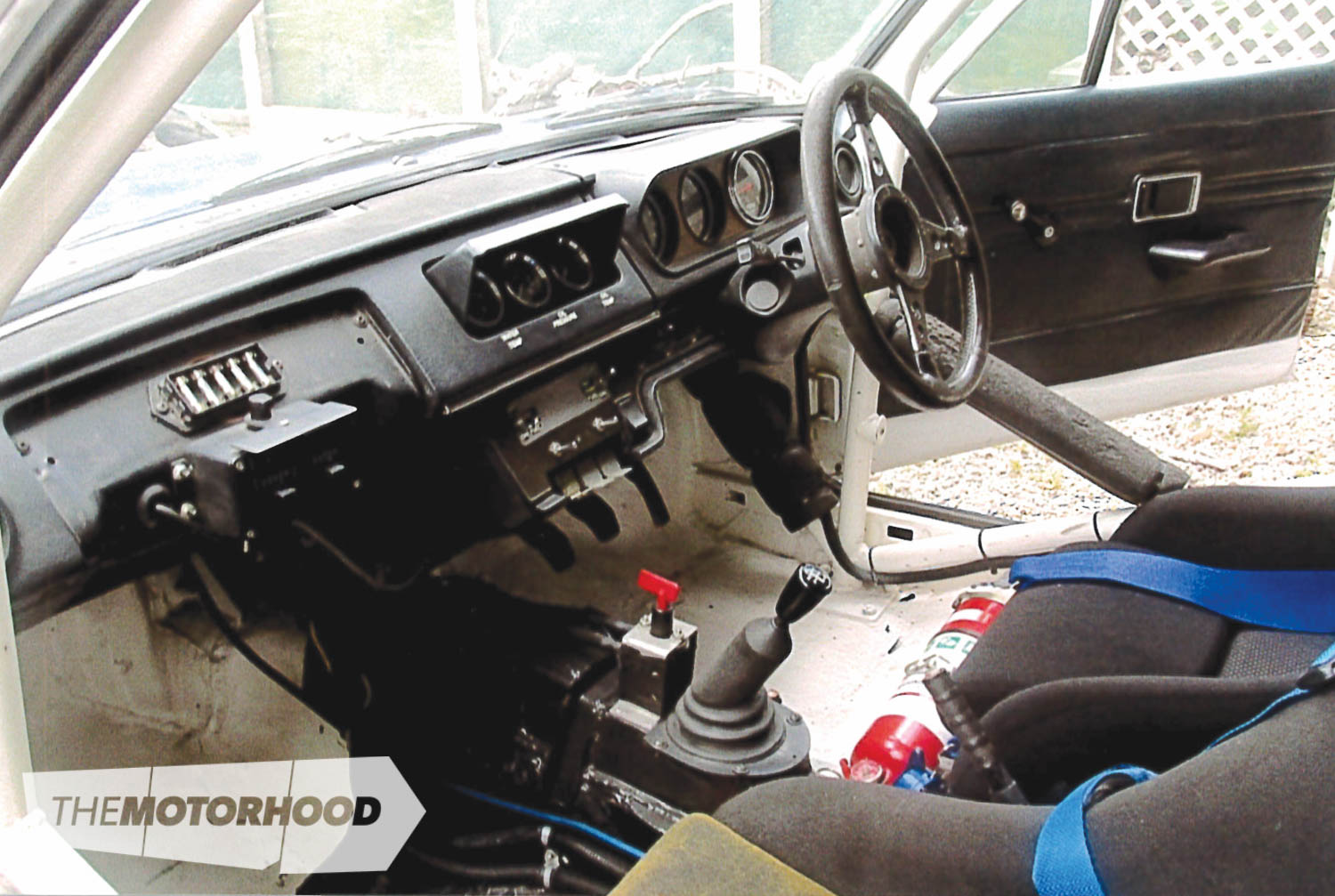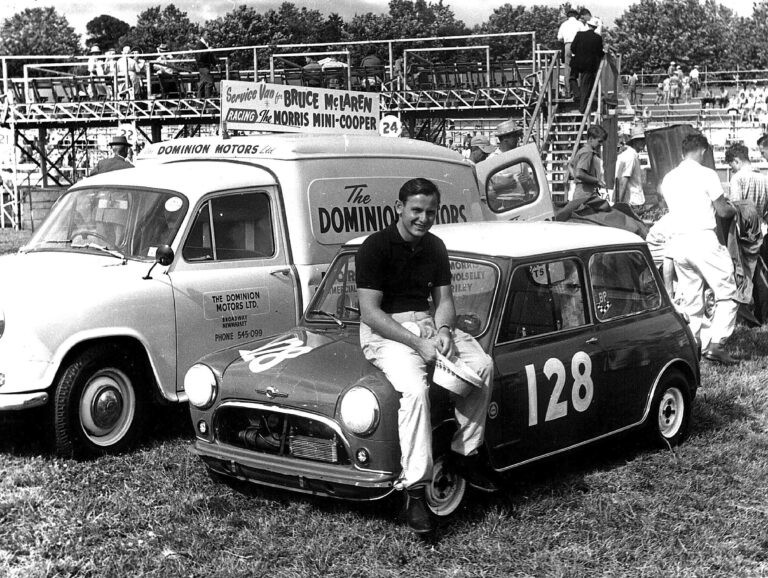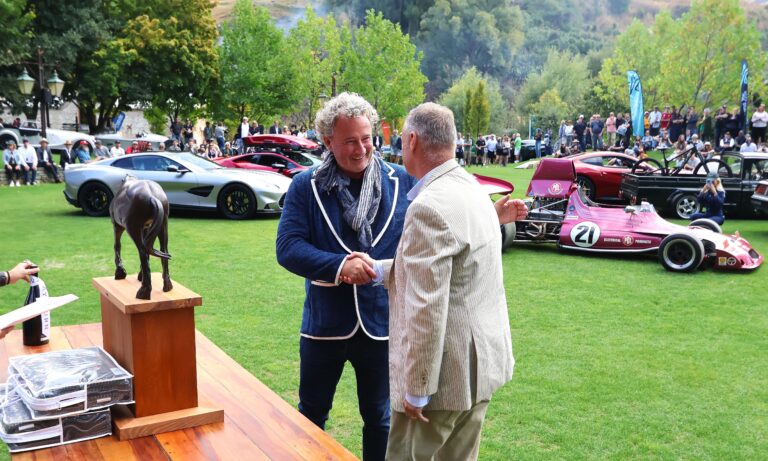data-animation-override>
“Built by British Leyland Competition Department, Abington, UK, ‘GC2’ was one of a pair of Morris Marinas built for the 1972 Heatway Rally, along with a pair of Mini Clubmans.”
Originally entered for Andrew Cowan and Jim Scott (the eventual winner in a Clubman), this car was driven in the event by Jim Richards, with Jim Carney as co-driver. After winning a special stage early in the event, and running second overall behind Andrew Cowan, suspension problems and a failing gearbox saw Jim Richards forced to retire in midfield.
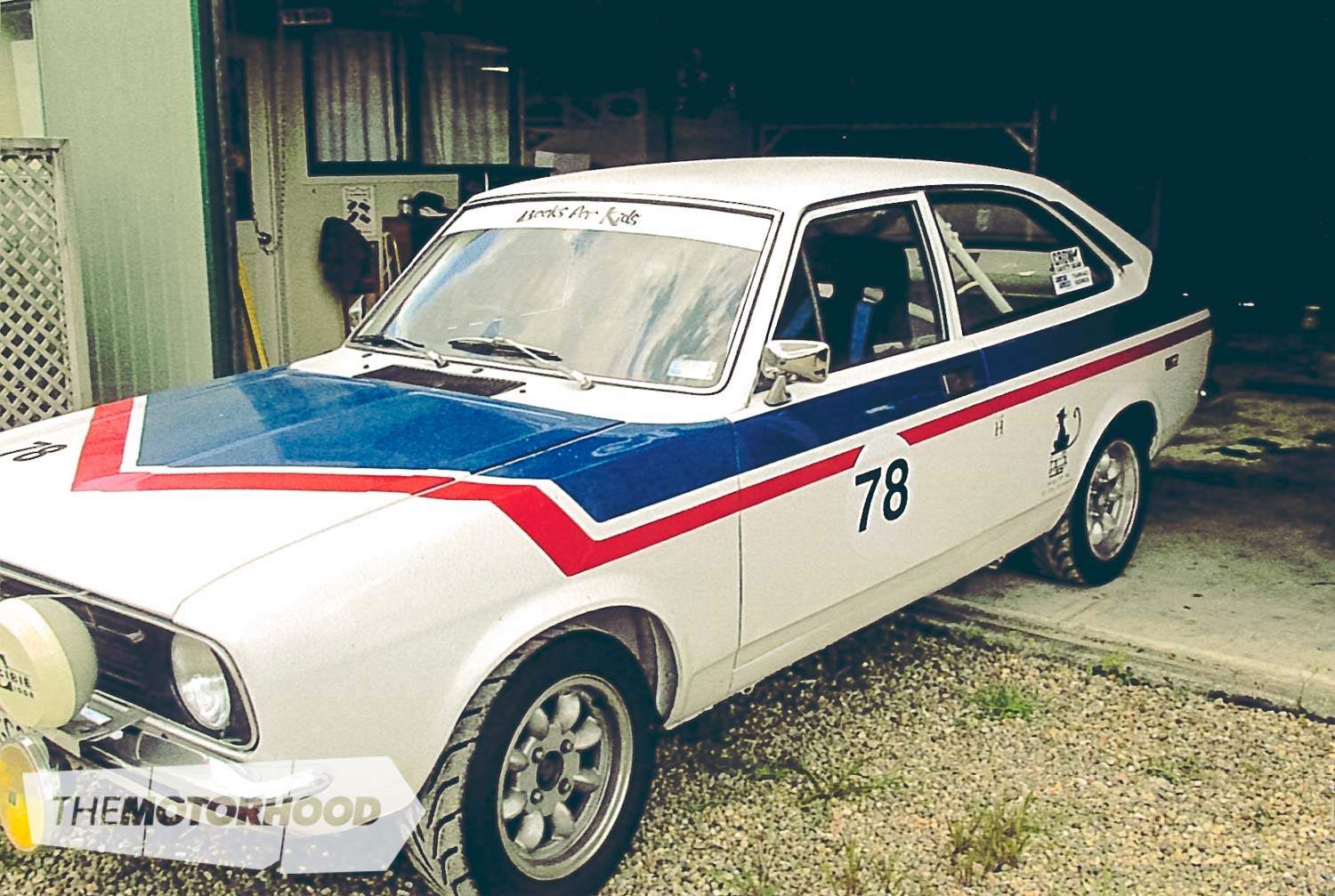
Late in 1972 GC2 was acquired by Chris Kirk-Burnnand, followed by brother Barry, who campaigned the Marina in national rallies, club rallies, and hill-climb events. During this time the gearbox, which was not up to the rigors of harsh competition, was eventually replaced with a Hillman four-speed gearbox, and the SU carburettors were replaced with a twin-choke Webber.
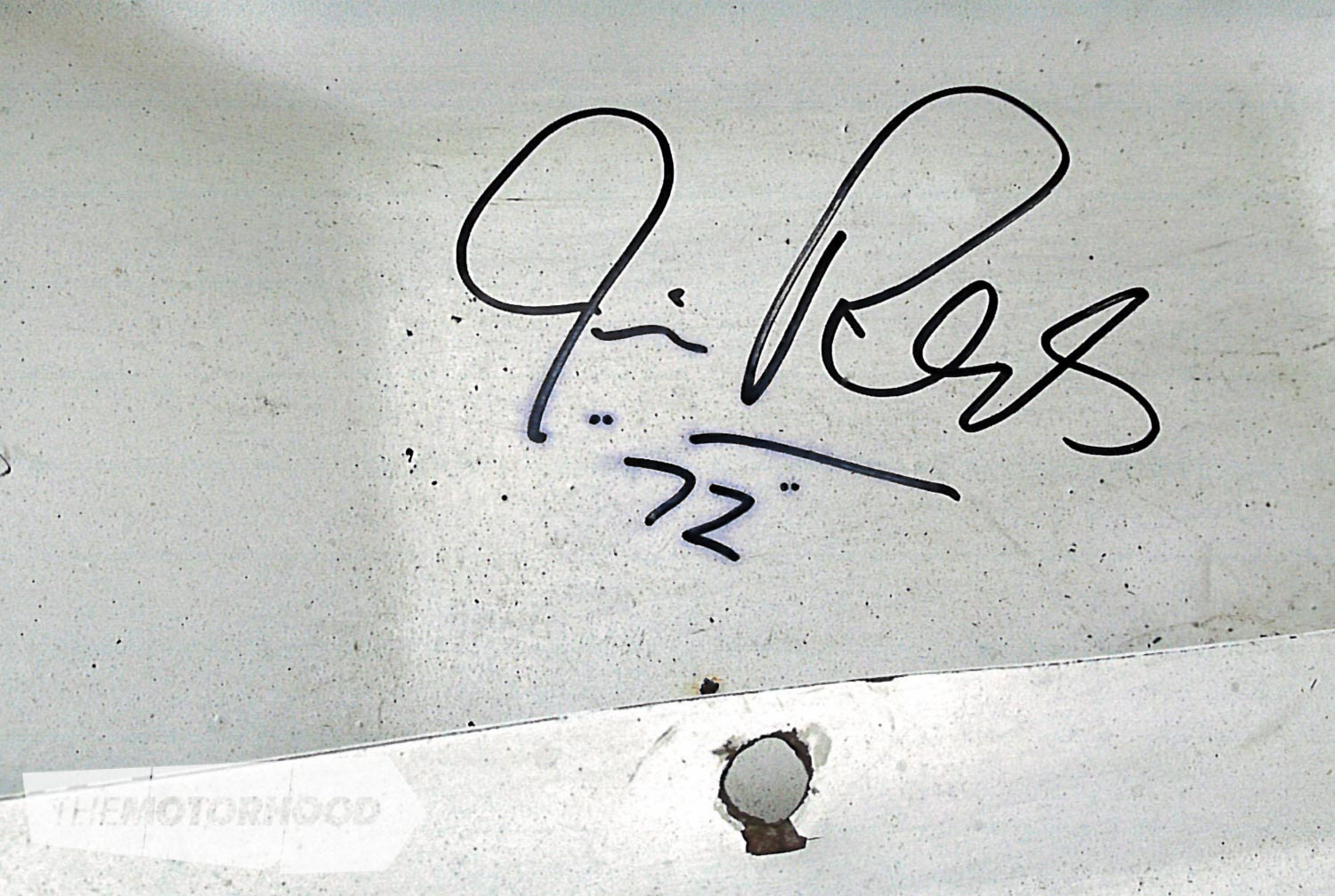
From 1977 to 1992 GC2 passed through a number of owners and registration-plate changes before it was purchased by Bog Hulme in 1992. Bob campaigned the car in sprints, hill climbs, and circuit racing events with the licence number RR9291. Research revealed its origins, and Bob personalized the plate back to 1 GC2 1.
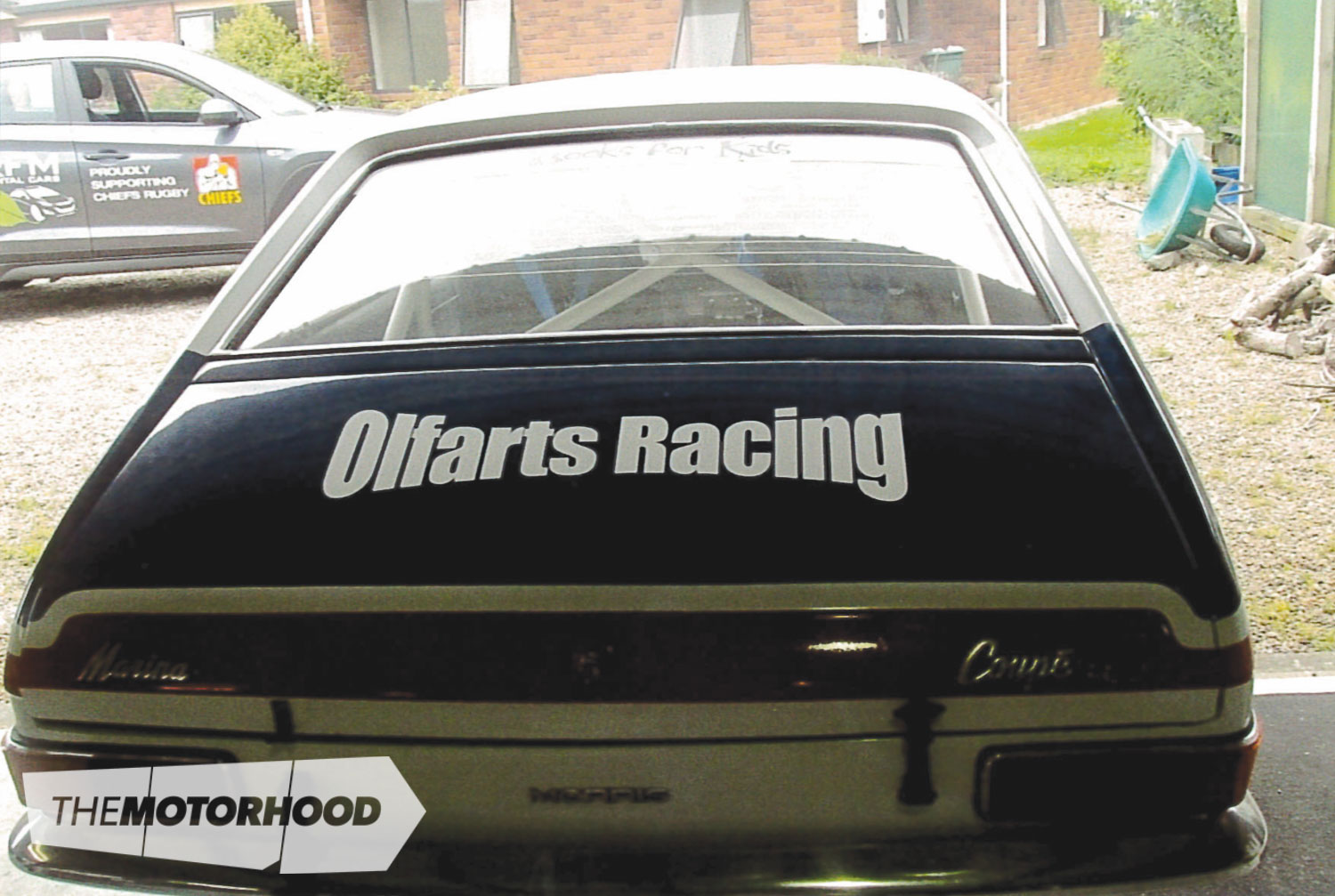
The car was passed to Andrew Scott in October 1997 and was given a bare-metal rebuild and paint. The roll cage was uprated for side intrusion, and the Hillman box was replaced with a Rover SD1 unit.
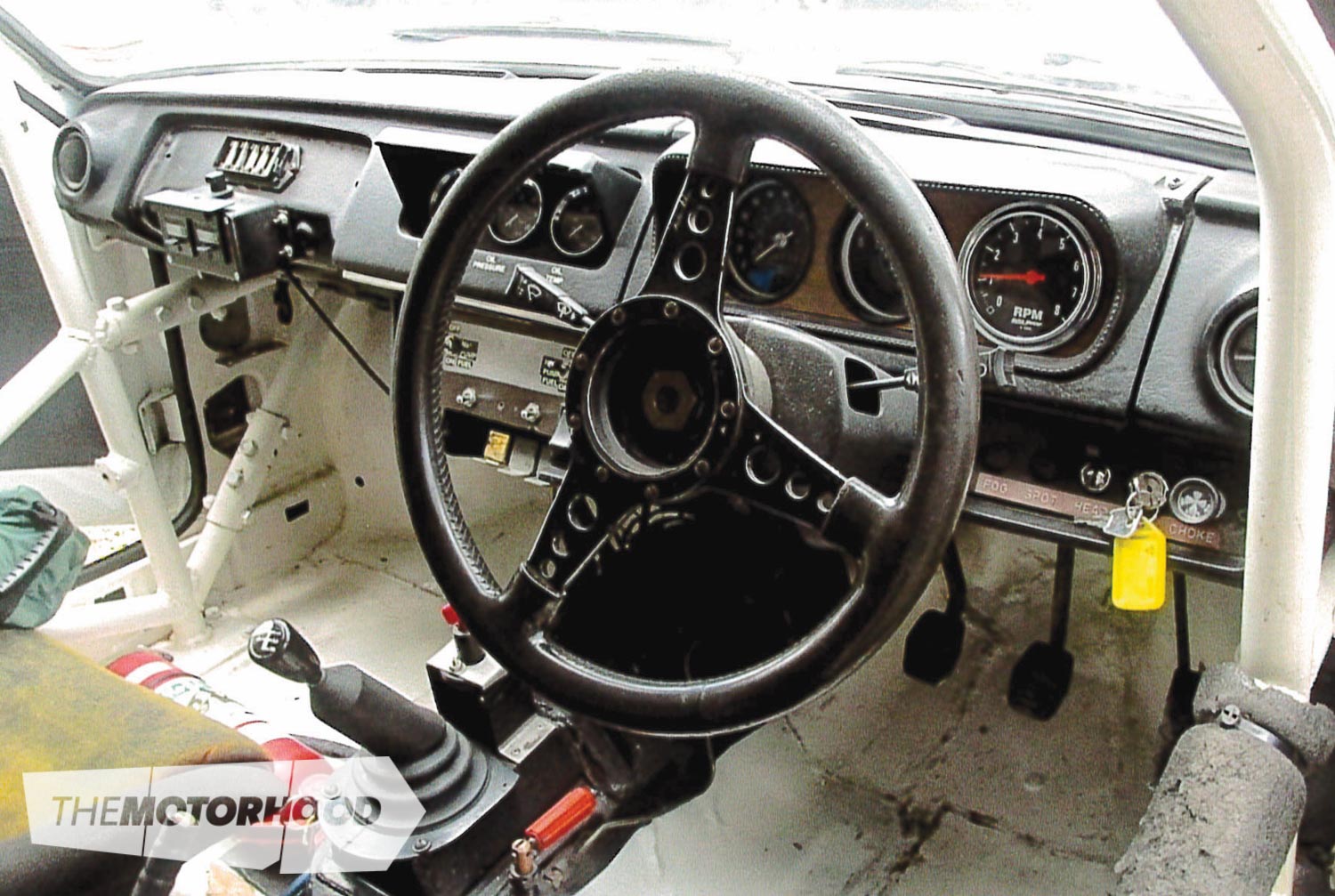
The engine was fully rebuilt (not the original by this time), along with the suspension, brakes, and many other components.
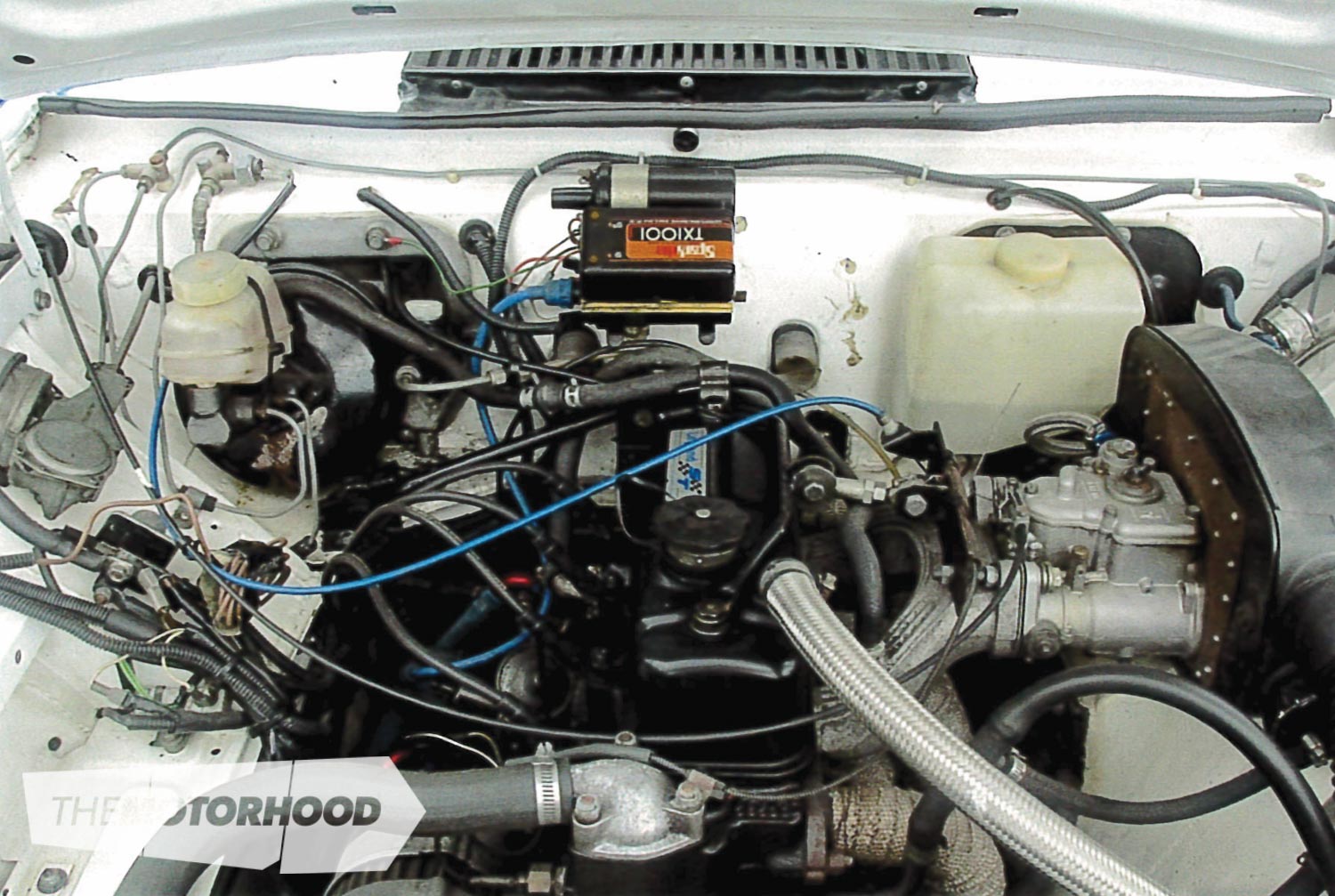
The current owner, Judith Edwards, whose husband Don passed away three years ago, has finally decided to pass this significant piece of New Zealand rally history to another custodian by offering it for sale.
Interested parties can contact [email protected] for more information.
